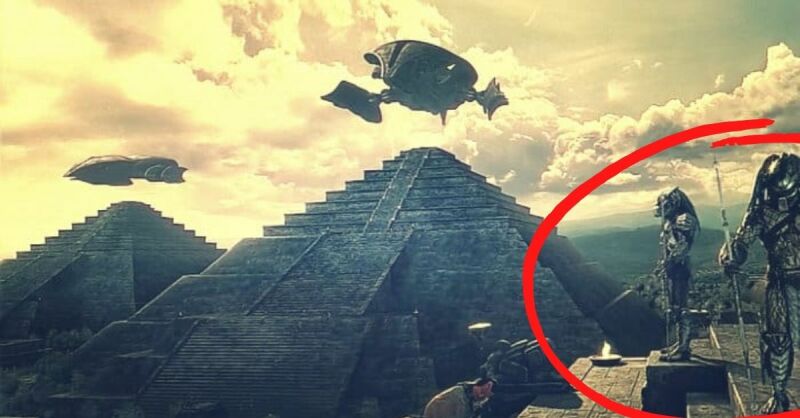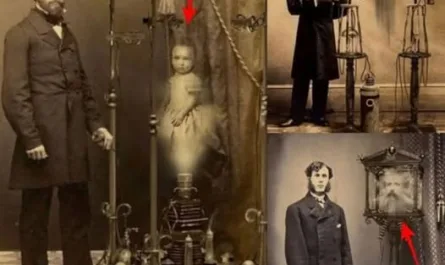The Mystery Bag: A Journey Through Ancient Cultures and Hidden Symbols
Throughout history, humanity has left behind enigmatic clues to its beliefs, knowledge, and aspirations. From the intricate carvings of ancient temples to mysterious symbols etched into stone, these artifacts often feel like pieces of a puzzle waiting to be solved. Each symbol carries a story, an idea, or a connection to the cosmos, making them a fascinating portal to the minds of our ancestors.

Imagine discovering a “mystery bag” containing relics from ancient cultures—symbols, artifacts, and scrolls that hold secrets of the past. What might such a bag reveal, and how could these discoveries change our understanding of history?
The Power of Symbols
Symbols were a universal language for ancient cultures, bridging the gap between the physical and spiritual realms. The Ankh of ancient Egypt, the spiral motifs of the Celts, or the Nazca Lines of Peru—these symbols reflect complex ideologies about life, death, the cosmos, and humanity’s place in it all.

In ancient Egypt, for example, the Ankh was a symbol of life and immortality. Found in tombs, temples, and artwork, it was believed to connect the mortal and divine. Similarly, the spiral—found in Neolithic carvings and Celtic artifacts—represents cycles, growth, and the journey of the soul.
Hidden Messages in Stone
Archaeological sites around the world hold countless mysteries. Take the petroglyphs of the American Southwest, created by the Anasazi and Hohokam people. These rock carvings often align with celestial events like solstices and eclipses, suggesting a sophisticated understanding of astronomy.
The Nazca Lines in Peru, massive geoglyphs visible only from the air, continue to baffle researchers. Were they ceremonial pathways, star maps, or messages to deities? While we may never know their true purpose, their existence underscores the ingenuity and creativity of their creators.
The Crossroads of Myth and Reality
Mythology and symbols are deeply intertwined. The labyrinth of Crete, associated with the Minotaur in Greek mythology, is not just a tale of adventure but also a profound symbol of human challenges and self-discovery. Similarly, the Ouroboros—an ancient symbol of a snake eating its tail—emerges in many cultures, representing eternity and the cyclical nature of life.

Modern interpretations often blend scientific curiosity with cultural respect. As technology advances, we can now decipher previously unreadable texts or digitally reconstruct damaged artifacts, uncovering layers of meaning that were once lost.
Why Symbols Matter Today
The symbols of the past continue to resonate with us. They remind us of humanity’s shared journey and our universal quest to understand life’s mysteries. By studying these symbols, we gain insight not only into ancient civilizations but also into ourselves.

The “mystery bag” is a metaphor for this ongoing journey. Each new discovery adds to our collective understanding, inspiring us to look deeper into history and question the mysteries of our own existence.
Conclusion
The journey through ancient cultures and hidden symbols is a journey through time, imagination, and meaning. It challenges us to think beyond the surface, to seek the stories that connect us to our ancestors and to the cosmos. So, the next time you encounter a symbol—whether in a museum, a book, or carved into a stone—pause and wonder: What story is it trying to tell?





